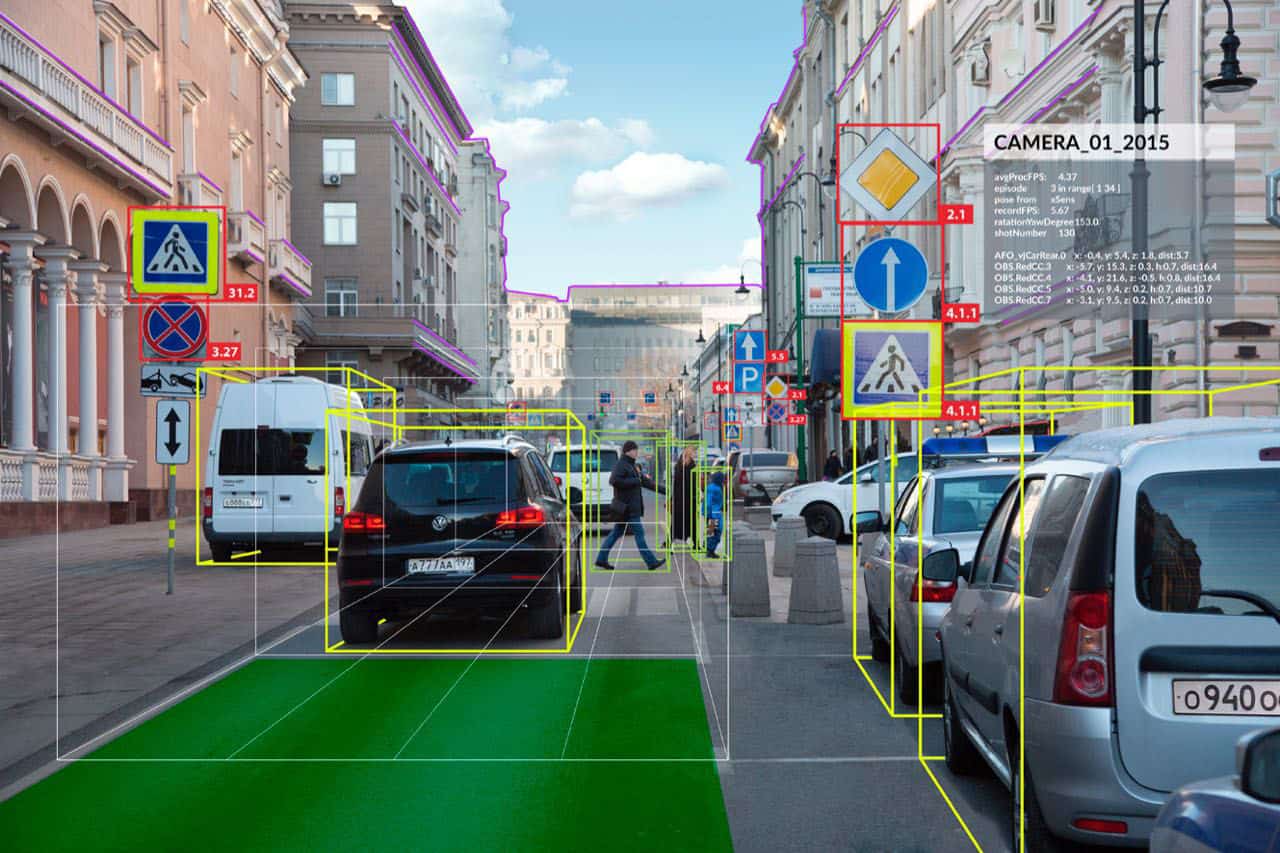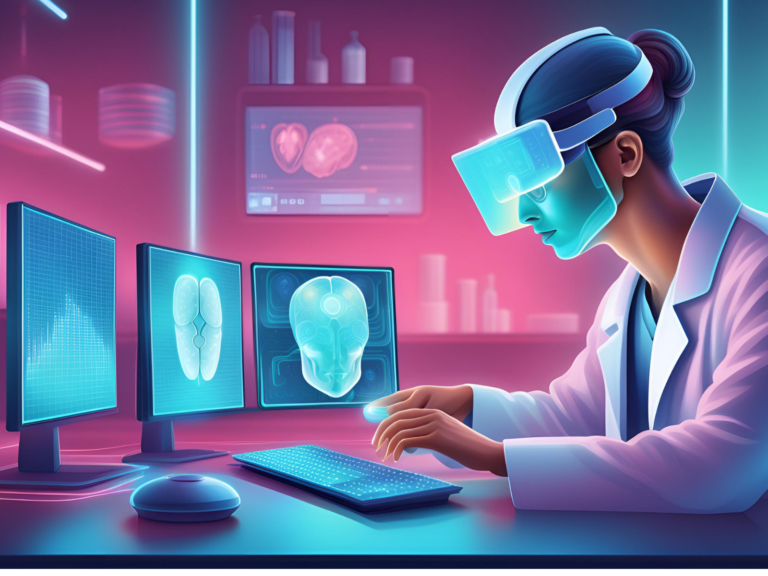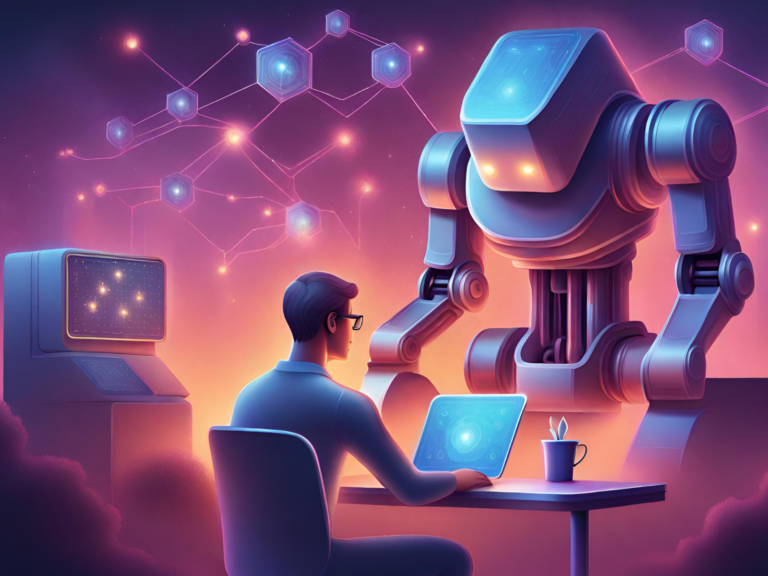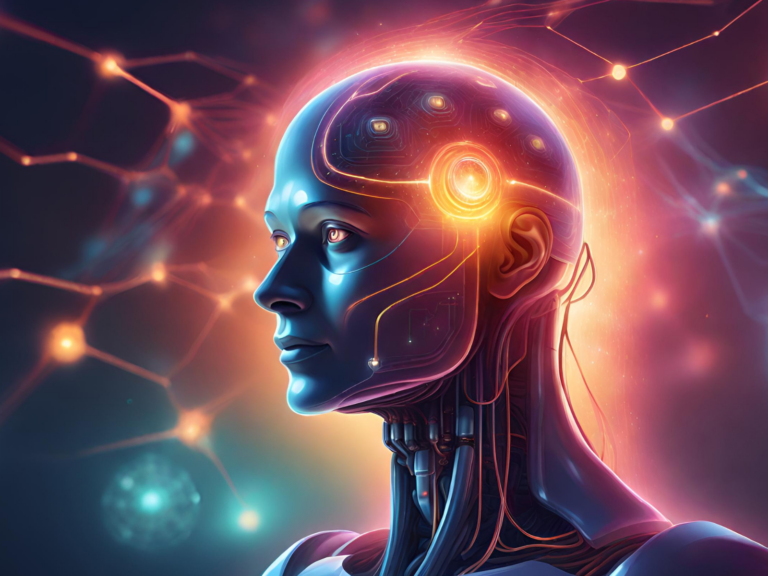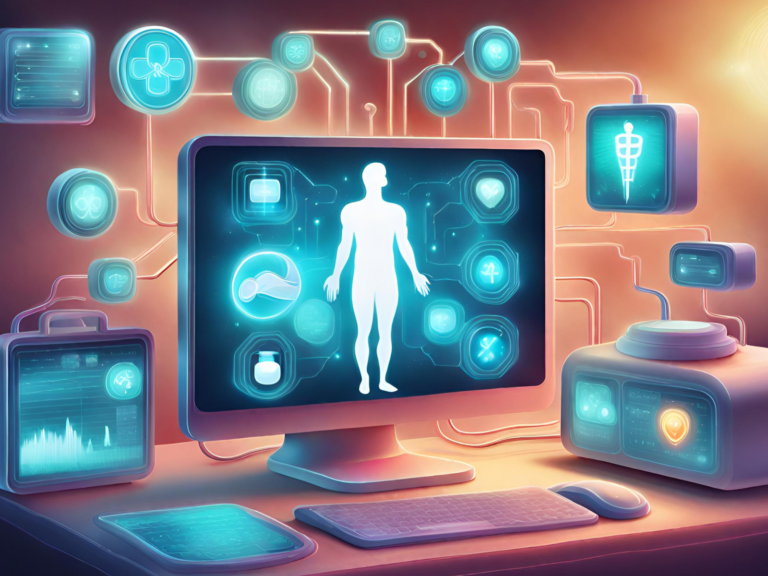Artificial Intelligence and Computer Vision 101
Artificial intelligence (AI) and computer vision are two rapidly advancing technologies that are changing the way we live and work. AI is the simulation of human intelligence in machines that are programmed to think and learn like humans. Computer vision is the ability of machines to interpret and understand visual information from the world, such as images and videos. Together, these technologies have the power to transform industries and improve our daily lives in ways we never thought possible.
What are Artificial Intelligence and Computer Vision?
Artificial intelligence is a broad field that encompasses multiple sub-disciplines, including machine learning, natural language processing, and robotics. In simple terms, AI is the ability of machines to perform tasks that typically require human intelligence, such as recognizing speech, understanding natural language, and making decisions.
Computer vision, on the other hand, is the ability of machines to interpret and understand visual information from the world. This includes tasks such as image recognition, object detection, and facial recognition. It involves the use of algorithms, mathematical models, and deep learning techniques to extract meaningful information from images and videos.
Why AI and Computer Vision are Important?
AI and computer vision are becoming increasingly important in today’s world as they are being used in a wide range of industries, from healthcare and retail to transportation and finance. These technologies are helping to improve efficiency, accuracy, and decision-making capabilities in many areas.
In healthcare, for example, AI and computer vision are being used to improve diagnostic accuracy and assist in surgeries. In retail, they are being used to optimize inventory management and improve the customer experience. In transportation, they are being used to improve traffic flow and make self-driving cars a reality.
Applications of AI and Computer Vision
AI and computer vision are being used in a wide range of industries to improve efficiency and productivity. Some examples of industry-specific uses include:
- Healthcare: AI and computer vision are being used to improve diagnostic accuracy, assist in surgeries, and analyze medical images. For example, deep learning algorithms are being used to analyze medical images such as X-rays and CT scans to identify cancerous tumors.
- Retail: AI and computer vision are being used to optimize inventory management, improve the customer experience, and assist with visual search. For example, retailers are using AI and computer vision to analyze customer data to predict what products will be popular, and then using that information to optimize their inventory.
- Transportation: AI and computer vision are being used to improve traffic flow, make self-driving cars a reality, and assist with navigation. For example, self-driving cars use computer vision and AI to interpret visual information from the world, such as traffic signals and other vehicles, to navigate the road.
AI and computer vision are also being used in a variety of consumer-facing applications, such as:
- Image Recognition in Social Media: Social media platforms are using AI and computer vision to automatically identify and tag people in photos.
- Virtual Assistants: AI-powered virtual assistants like Amazon Alexa and Google Assistant use computer vision to interpret and respond to voice commands.
- Smart Home Technology: Smart home devices, such as security cameras and thermostats, use AI and computer vision to interpret visual information and respond to commands.
As AI and computer vision continue to advance, we can expect to see even more innovative and impactful applications in the future. Some possibilities include:
- Smart Cities: AI and computer vision could be used to optimize traffic flow, improve public safety, and reduce energy consumption in cities.
- Personalized Medicine: AI and computer vision could be used to analyze medical images and genetic data to provide personalized treatment recommendations for patients.
- Augmented Reality: AI and computer vision could be used to create more realistic and interactive augmented reality experiences.
Overall, AI and computer vision are becoming increasingly important in today’s world and are being used in a wide range of industries and applications. It has the potential to improve efficiency, accuracy, and decision-making capabilities in many areas.
Benefits of Using AI and Computer Vision
The benefits of using AI and computer vision are many, including improved efficiency and productivity, increased accuracy and decision-making capabilities, and cost savings and scalability. These technologies have the potential to transform industries and improve our daily lives in ways we never thought possible.
Improved Efficiency and Productivity
One of the biggest benefits of using AI and computer vision is the ability to automate repetitive tasks and improve efficiency and productivity. For example, AI and computer vision can be used to automate tasks such as data entry, image classification, and object detection. This can free up employees to focus on more complex and value-adding tasks.
Increased Accuracy and Decision-Making Capabilities
AI and computer vision can also be used to improve accuracy and decision-making capabilities in a wide range of applications. For example, in healthcare, AI and computer vision can be used to analyze medical images and assist with diagnoses, leading to more accurate and timely treatment. In retail, AI and computer vision can be used to analyze customer data and predict demand for products, leading to more efficient inventory management.
Cost Savings and Scalability
Another benefit of using AI and computer vision is the ability to save costs and scale operations. For example, using AI and computer vision to automate tasks can reduce labor costs, and using computer vision for visual inspections can reduce the need for human inspection, leading to cost savings. Additionally, AI and computer vision can be used to analyze large amounts of data, which can lead to cost savings and improved scalability.
Challenges and Considerations
While AI and computer vision have the potential to transform industries and improve our daily lives, there are also challenges and considerations that need to be taken into account. These include ethical concerns and potential biases, data privacy and security, and implementation and integration with existing systems. It’s important to address these challenges and considerations when designing and implementing AI and computer vision systems.
Ethical concerns and potential biases
One of the biggest challenges with AI and computer vision is the potential for ethical concerns and biases. For example, facial recognition systems have been criticized for potential biases against people with darker skin tones or potential issues with privacy and civil rights. Similarly, AI systems that are trained on biased data can perpetuate and even amplify existing biases in society. It’s important to consider these ethical and biased concerns when designing and implementing AI and computer vision systems.
Data Privacy and Security
Another challenge with AI and computer vision is the need to protect data privacy and security. As AI and computer vision systems collect and analyze large amounts of data, there is a risk that this data could be accessed, stolen, or misused. It’s important to implement strong data security measures and adhere to data privacy laws and regulations when working with AI and computer vision systems.
Implementation and integration with existing systems
Another challenge with AI and computer vision is the implementation and integration with existing systems. It can be difficult to implement new AI and computer vision systems and integrate them with existing systems and processes. It’s important to plan and consider the implementation and integration process when working with AI and computer vision systems.
Conclusion
In this blog post, we have discussed the importance of AI and computer vision in today’s world. We have explored some of the key applications and benefits of these technologies, including improved efficiency and productivity, increased accuracy and decision-making capabilities, and cost savings and scalability. We have also discussed some of the challenges and considerations that need to be taken into account when implementing AI and computer vision systems, such as ethical concerns and potential biases, data privacy and security, and implementation and integration with existing systems.
As AI and computer vision continue to advance, it’s important for businesses and organizations to explore and invest in these technologies. By doing so, they can reap the benefits of improved efficiency and productivity, increased accuracy and decision-making capabilities, and cost savings and scalability. Additionally, by addressing the challenges and considerations, they can ensure that their use of AI and computer vision aligns with ethical and legal standards.
In conclusion, AI and computer vision are rapidly advancing technologies that have the power to transform industries and improve our daily lives. Businesses and organizations should consider the potential benefits and challenges and take the next steps to explore and invest in these technologies. As these technologies continue to evolve, it will be important to stay informed and up-to-date on the latest developments and best practices.

